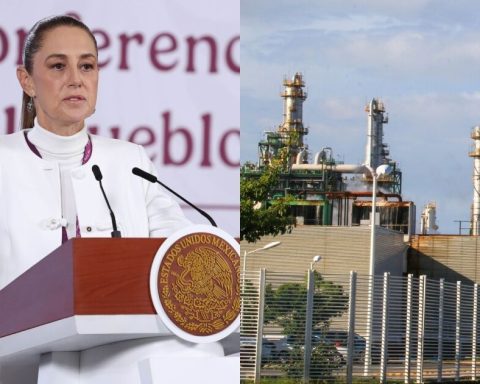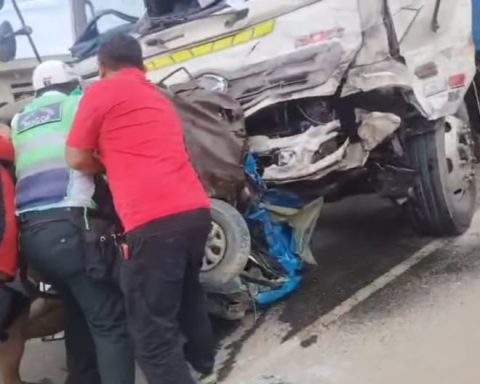Angeles Cruz Martinez
Newspaper La Jornada
Friday, September 9, 2022, p. 13
The main risk factor for suicide is that the person has had a previous attempt to take their own life. If this is not identified, it is also not possible to prevent it and in Mexico a third of the states lacked this registry. Even more serious is that 80 percent of those who seek help do not find it due to a lack of trained doctors, laments Diana Tejadilla, technical secretary of the Mental Health Council.
In an interview, on the occasion of World Suicide Prevention Day (September 10), he commented that this situation has begun to change with the actions of the national program that has been applied since 2020. He assured that half of the first contact doctors in the country can already identify risk factors in their patients that could lead them to take their own lives.
This is a serious problem, since in Mexico the number of suicides has increased. Information from Inegi indicates that in 2020, 7,818 were registered, equivalent to a rate of 6.2 per 100,000 inhabitants, mostly young people between 18 and 29 years old.
Tejadilla commented that the day of greatest risk for people to attempt against their lives is when they are discharged from the hospital, after having tried.
The program contemplates the creation of a management and follow-up network for each case in the 24 to 72 hours after discharge from hospitals, which reduces the risk of suicide by 50 percent. Family members are also expected to be involved in this task.
He explained that in 2020 a pilot phase of the strategy began in Yucatan and the Milpa Alta mayor’s office in Mexico City. There it was identified that the problem varies in the different regions of the country.
In Yucatan it was found that young people between the ages of 20 and 24, construction workers, take their own lives on Saturdays after having consumed large amounts of alcoholic beverages.
He commented that based on the results of the pilot phase, the national program was designed, whose results will be observed in the medium and long terms. It includes the operation of community mental health brigades and emotional support groups.















